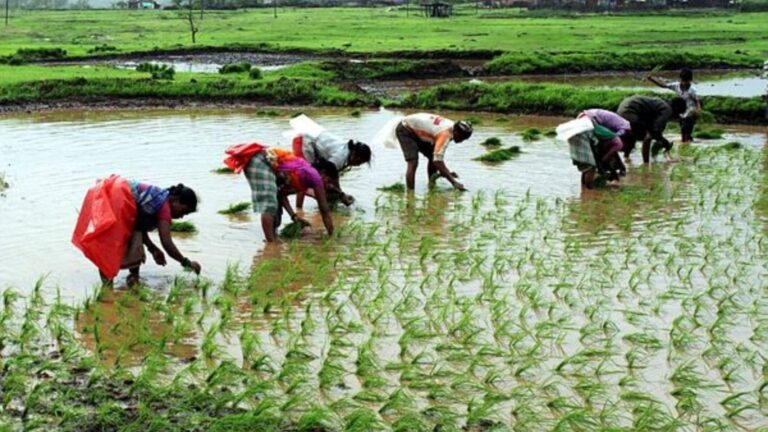
Agricultural Drought Strikes 25 Blocks (Image Credit: Pixabay)
In response to the significant crop losses experienced during the northeast monsoon season last year, the Tamil Nadu government has declared a state of “agricultural drought of moderate nature” in 25 blocks across six districts. The announcement was made by the Revenue and Disaster Management Department after assessing the extent of crop damage due to insufficient rainfall between October 1 and December 31.
Among the affected districts, Ramanathapuram bears the brunt with 11 blocks facing the agricultural drought: Bogalur, Kadaladi, Kamudi, Mandapam, Mudukulathur, Nainarkoil, Paramakkudi, R.S. Mangalam, Ramanathapuram, Tiruppullani, and Tiruvadanai. Similarly, Tenkasi district accounts for five blocks on the list: Alankulam, Kadayanallur, Keelapavoor, Melaneelithanallur, and Sankarankoil.
Sivaganga and Pudukkottai districts also suffer, with four blocks each on the list. The affected blocks in Sivaganga are Devakottai, Ilayangudi, Kalaiyarkovil, and Manamadurai, while Avudayarkoil and Manamelkudi are affected in Pudukkottai.
Additionally, the agricultural drought has hit Narikudi and Tiruchuli in Virudhunagar district, as well as Alwarthirunagari block in Thoothukkudi district.
The declaration of “agricultural drought of moderate nature” signifies that these regions have experienced 33% or more crop loss due to the insufficient rainfall during the northeast monsoon season. The situation has raised concerns among farmers and authorities as it could have a significant impact on livelihoods and food security in the affected areas.
The State government is closely monitoring the situation and has begun implementing measures to support the affected farmers. Relief and aid packages will be made available to those who have suffered substantial crop losses. This assistance aims to alleviate the financial burden faced by farmers and enable them to recover from the impact of the agricultural drought.
Moreover, authorities are exploring long-term solutions to address the challenges posed by recurring droughts in these regions. These may include water conservation and management projects, the promotion of drought-resistant crop varieties, and improvements in irrigation facilities to reduce dependence on rainfall.
The declaration of agricultural drought serves as a crucial step in mobilizing resources and raising awareness about the severity of the situation. It highlights the need for concerted efforts from the government, non-governmental organizations, and the public to assist the affected farmers and mitigate the adverse effects of such climatic phenomena on agriculture.






